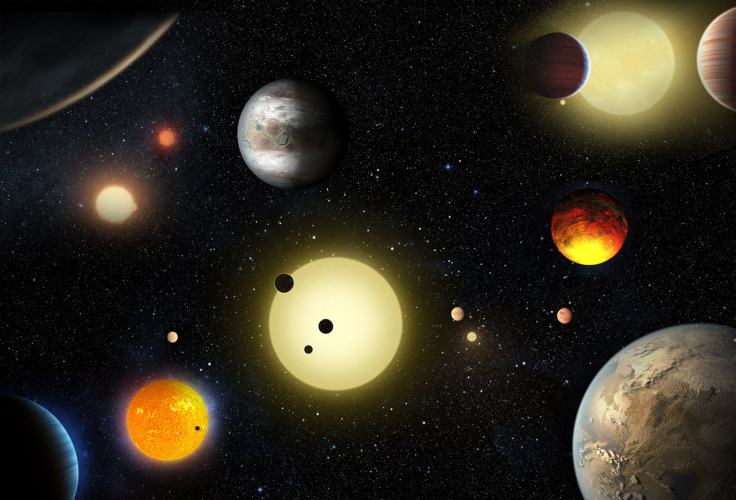What to expect at Geoscience Australia Open Day 2017

The schedule for Geoscience Australia’s annual Open Day has been set on August 20, 2017. The family-focused event seeks to showcase Geoscience Australia's work to the public.
Geoscience Australia's Open Day offers several free hands-on activities for kids and adults. It is one of the many events that take place across Australia during the National Science Week, which is slated on August 12 to 20 to celebrate science and its importance in daily life.
The event hopes to inspire visitors to become the nation's future geoscientists. It’s an opportunity to discover how industries like agriculture rely on precise positioning technology. Visitors can learn how supercomputer and satellite technology have revolutionised how Aussies monitor changes in the landscape and how earthquake risk is being assessed.
Kids and adults alike can learn about the work carried out by Australia's national geoscience organisation. It is a chance to know how geoscience makes exploring the past possible while helping in shaping the future.
Attendees can also talk to real scientists and learn about geoscience careers. There are several activities intended for kids, such as erupting their own volcano or going gold panning like a traditional miner.
Kids can bring their own rock from home and have it identified by one of the geologists present at the event. They can also become a seafloor detective or explore a geological treasure talk.
Furthermore, attendees can discover how critical mineral commodities are needed to make smartphones work. The event will be held at Corner of Hindmarsh Drive and Jerrabomberra Avenue, Symonston ACT.
Blackstone Cafe, an onsite cafe, will be open for business. It offers coffee, hot food and morning and afternoon tea snacks. The sausage sizzle BBQ will also offer sausages. Although food is available for purchase, visitors are encouraged to bring packed lunch and enjoy the lawns surrounding the building.
On-site parking is available but limited. Disabled parking will be allocated in the first row of the carpark.
Geoscience Australia has recently made investments to secure the nation’s access to essential satellite data. It spent $4 million to upgrade its Alice Springs antenna which collects satellite imagery of the earth.
The US Geological Survey (USGS) Mission Operation Centre located at NASA can now send command and control signals to current and future Landsat satellites via the facility at Alice Springs. It can also receive status updates on a satellite's position and state of health since the upgrade.
Read More:
Turnbull gov’t assists tech innovators in developing ultra-thin flexible printed batteries
Australia’s best and worst performing states
Futurism/YouTube





















